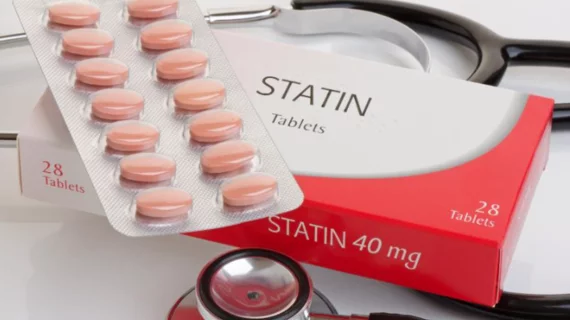Statin use after a bleeding stroke linked to key risk reductions
Patients who take statins following an intracerebral hemorrhage—also commonly known as a bleeding stroke—may reduce their risk of an additional stroke, according to new data published in Neurology.[1]
The study’s authors examined data from more than 15,000 patients who had their first intracerebral hemorrhage from January 2003 to December 2021. All patients were older than 50 years old and survived more than 30 days. All information came from the Danish Stroke Registry.
The analysis revolved around three key comparisons. First, nearly 2,000 patients who went on to have another stroke were matched to 7,400 patients with similar demographic data who did not have another stroke. In addition, more than 1,000 patients who went on to have an ischemic stroke were matched to more than 4,000 patients who did not have another stroke. Finally, nearly 1,000 patients who went on to have a second intracerebral hemorrhage (ICH) were matched to more than 3,500 patients who did not have another stroke.
Reviewing the data, and making certain adjustments as needed, the authors determined that patients who took statins after that first intracerebral hemorrhage faced a 12% lower risk of another stroke and a 21% lower risk of an ischemic stroke. On the other hand, statin use was not associated with a reduced risk of having a second intracerebral hemorrhage.
“The results of our study are good news for people taking statins who have had a bleeding stroke,” first author David Gaist, MD, PhD, of the University of Southern Denmark, said in a statement. “While we did find a lower risk of having another stroke, it is important to note that when looking at the data more closely, that lower risk was for ischemic stroke. Still, we found no increased risk for bleeding stroke. More studies are needed to confirm our findings.”
Click here to read the full study in Neurology, the official journal of the American Academy of Neurology.

